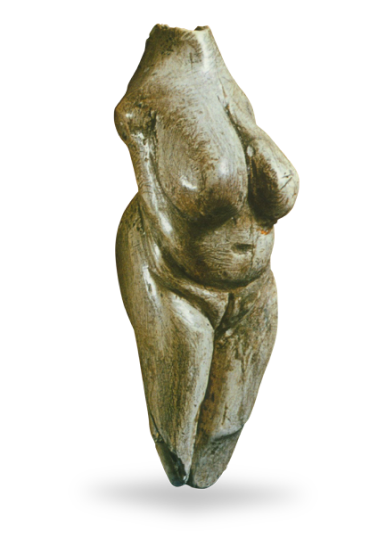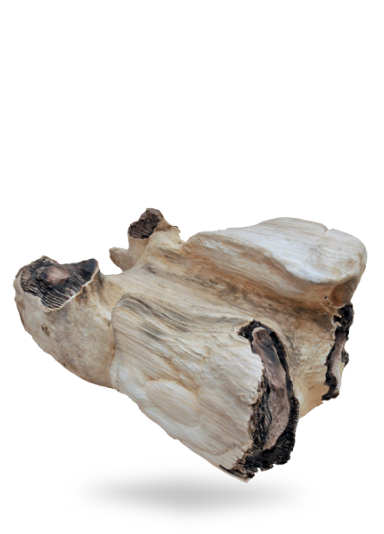Collections of a naturalistic nature consist of botanical, geological and zoological objects. There are more than 45 597 pieces of collection items. 7,958 collection items belong to the botanical collection, 464 collection items belong to geology and 37 174 collection items belong to the zoological department. The entire collection of natural sciences is the result of an intensive collection of experts from the Nitra Regional Museum from 1970 to the present. The natural history collection is divided into botanical, geological (paleontological) and zoological. The botanical collection consists mainly of herbarium items, but it also includes collections of lichens and also three-dimensional models of mushrooms. The geological collection consists of various collected rocks as well as soil profiles. The largest collection consists of a zoological department, containing countless invertebrates such as insects, spiders, shellfish, but also contains many representatives of more complex organisms from the class of amphibians, fish, reptiles, birds and their eggs or nests, and last but not least mammals. This collection contains species that commonly occur in the Nitra region, but also species whose occurrence in this area is rather rare. Undoubtedly, the most important species in the collection from the zoological department include the preparations of the adult bison and its young, also the almost extinct bearded bustard preparation in our territory, as well as many representatives of wading birds, also birds of prey and owls, most of which are now strictly protected. The collection of hunting objects and trophies by Jozef Gebmaier is also exceptional. Also of interest are the fossils of prehistoric aquatic animals, such as ammonite and belemnitus, found in the vicinity of Nitra from the Mesozoic period, proving that Central Europe was a prehistoric shallow sea during this period.




